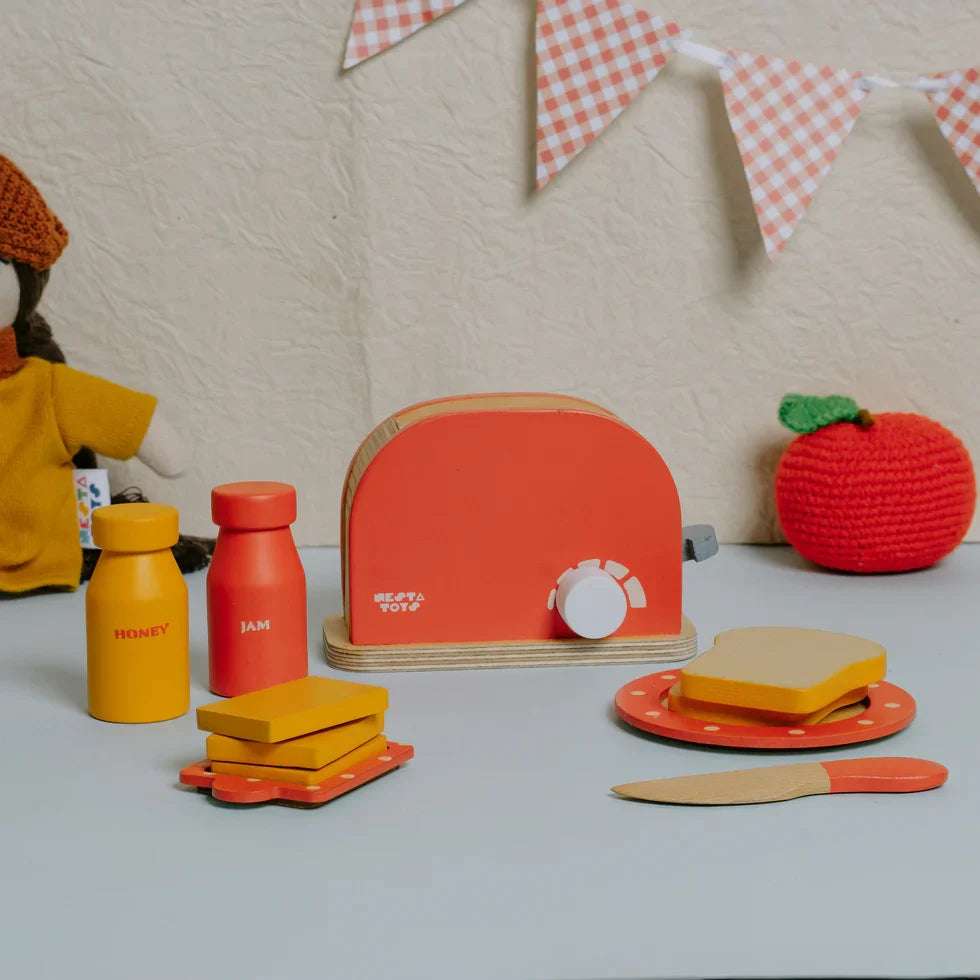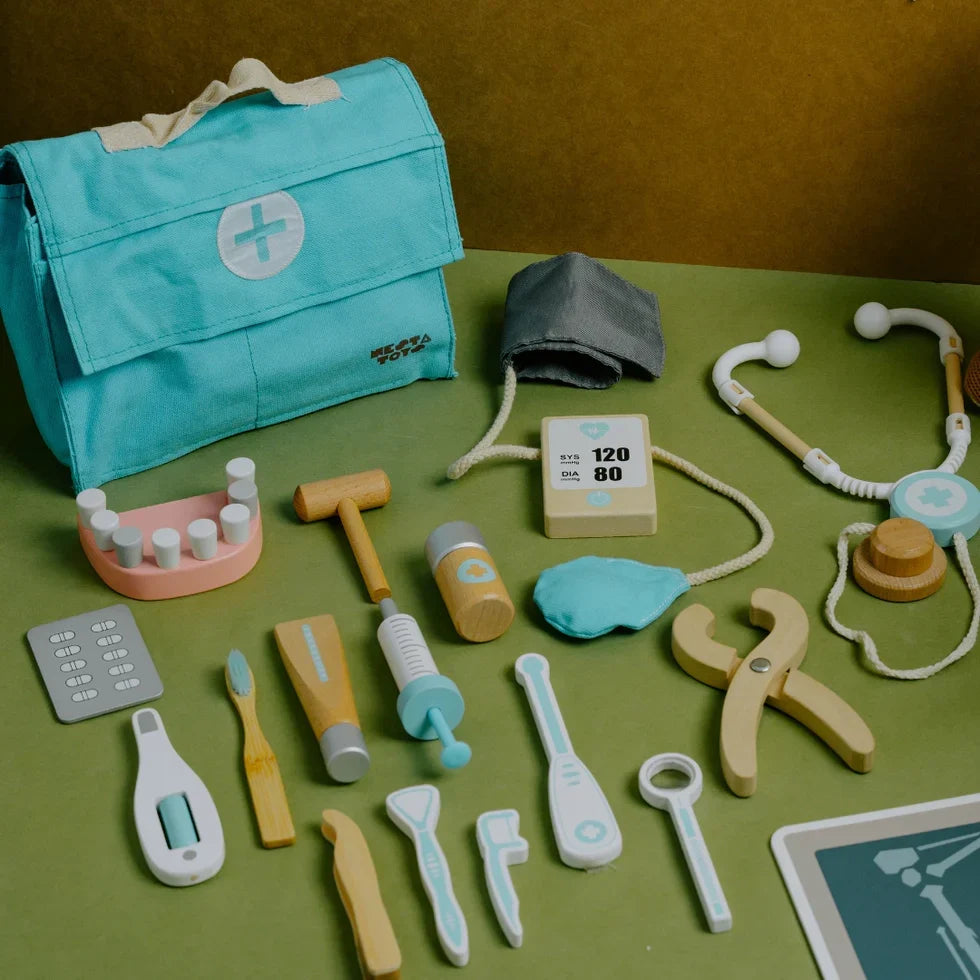Multiplication can be an abstract concept for young children. One effective way to make it more concrete and understandable is through hands-on activities. This post explores how to use colored bead bars to introduce the concept of multiplication in a visually engaging and interactive way.
The Multiplication Bead Bar Material
The material consists of a box containing a variety of colored bead bars representing numbers one through nine. Additionally, there may be a separate box with bars of ten and a felt mat to work on. Number cards are also included, featuring the numbers one through nine. The box holds multiple bars for each number, ensuring ample quantity for various activities.
Introducing Multiplication Through Steps
During the presentation, the child is introduced to the concept of multiplication through a series of steps:
- Visual Representation: Begin by taking one bar representing a chosen number (for example, the number 4) from the material and placing it horizontally. Display the quantity on the left side.
- Connecting Quantity and Product: Prompt the child to count along and observe as a colored bead bar is positioned vertically below, representing the product. Explain that when 4 is taken once, the result is 4.
- Introducing "Times": Direct the child's attention to taking the same quantity but this time, two times. Remove two bars and place them horizontally, creating a gap between them. Count together with the child, demonstrating the process using colored bars or a combination of 10 and colored bars, if necessary.
- Visualizing the Concept: Explain that when 4 is taken twice, the product becomes 8.
- Repetition and Progression: Guide the child to remove the same quantity, increasing the number of times in each iteration. This process is repeated until the quantity has been taken nine times.
Throughout the activity, encourage the child's active participation, gradually involving them in the steps. After completing a round of multiplication, clear the mat, giving the child the opportunity to select another number to work with. Encourage them to explore independently, allowing them to deepen their understanding of multiplication concepts at their own pace.
Direct Aims:
- Memorization of Multiplication Tables.
- To reinforce the concept of Multiplication.
- To reinforce the idea that the multiplier is not the quantity but an indication of a number of times a quantity has to be taken.
Indirect Aims:
- Preparation for Division.
- Showing the geometrical form of Multiplication.
- Preparation for work with factors.
Suggested At-Home Activities:
- Multiplication Arrays: Provide the child with a set of small objects, such as buttons or coins. Ask them to create arrays to represent different multiplication equations. For example, for the equation 3 x 4, they can arrange 3 rows with 4 objects in each row. Encourage them to explore various multiplication facts using arrays.
- Multiplication Story Problems: Create story problems related to real-life scenarios and have the child solve them using multiplication. For example, "If each bag of apples contains 6 apples, and there are 4 bags, how many apples are there in total?" Encourage the child to draw pictures or use manipulatives to help visualize the problem.
By using concrete materials like bead bars and encouraging active participation, children can develop a solid understanding of multiplication concepts that goes beyond rote memorization. This approach makes learning math more engaging, interactive, and meaningful.








